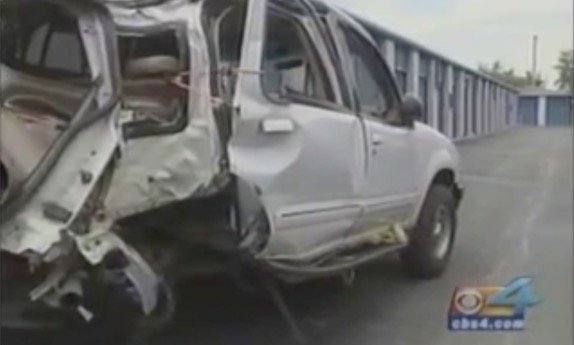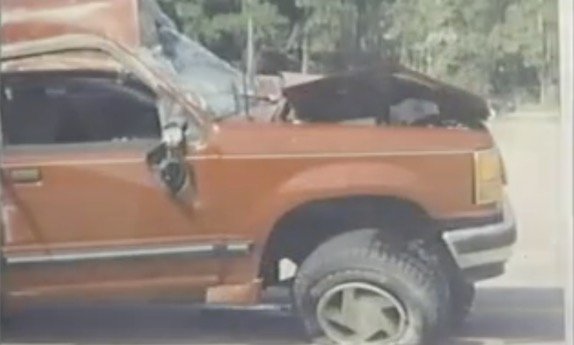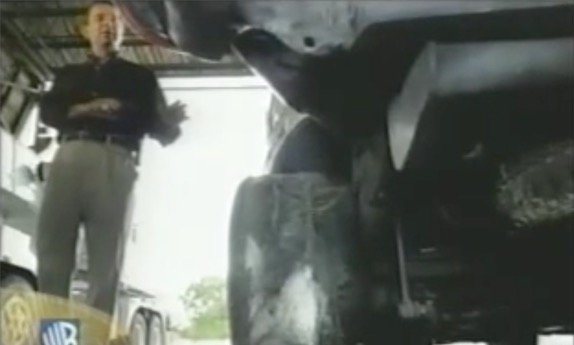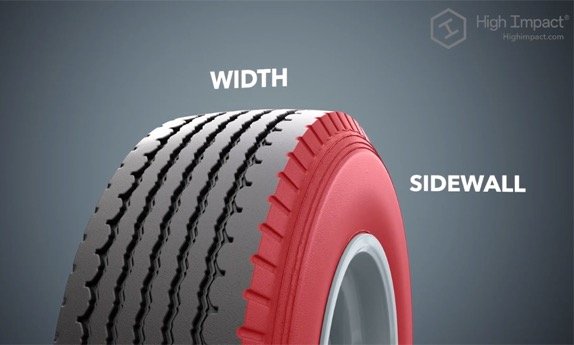What Your Tire Pressure Monitoring System is Trying to Tell You
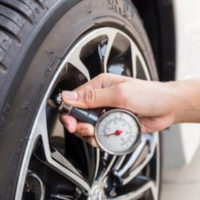
While tire pressure may ebb and flow with the changing weather, your tire pressure monitoring system is an indispensable tool of modern engineering that could save your life one day. When tire blowouts occur, they don’t always occur in suddenly. In some cases, your tire can begin losing pressure quite slowly at first and, before you know it, you’re dealing with a flat. While most cases will simply involve calling Triple-A or some other roadside assistance, or changing the flat yourself, when the tire loses pressure suddenly and your car is still in motion, it can cause you to lose control of your vehicle. In these cases, not only are you and your passengers at risk, but all the drivers on the road are as well.
When a tire loses pressure and goes flat your car will try to pull to the one that is no longer grabbing the road properly. As a result, most drivers try to overcompensate by turning the wheel in the opposite direction. As a result of that, the flat tire is the one that will be taking the majority of the car’s weight. What happens then? Your car rolls over several times.
The Tire Pressure Monitoring System is a Godsend
In cases where your TPMS begins throwing up red flags, you’ll usually notice that one (sometimes two) of your tires is rapidly losing pressure. The first thing that you want to do in that situation is to pull your car to the side of the road. In these cases, the tire hasn’t fully blown out yet but it’s very likely that it will be dead flat within a minute of losing pressure. If you’re still traveling at 40 mph or more when the tire completely loses pressure, you are putting yourself and others at risk. Your best bet is to pull over and either get the tire changed or change it yourself.
What if All My Tires are Low?
If all of your tires are low, it’s generally caused by a shift in the weather. If it’s cold outside it will reduce your tire pressure. While it’s unwise to drive on tires that are underinflated, you’re in a less dangerous position that you would be if only one of your tires was underinflated or losing pressure quickly. This is because the weight of your car is being evenly distributed across all four tires.
On the other hand, you do want to get some air in those tires. Why? Because as the tires sag, it puts added pressure on the sidewalls which can cause them to weaken. As they weaken, they become more prone to blowing out via sidewall failure.
In addition, if your tire does blow out and you suffer injury as a result of that blowout, the data from your TPMS can be used to either bolster or hurt your case. It’s important to keep your tire pressure within recommended levels all year round.
Talk to a Tire Defect Lawyer Today
The Coral Gables tire defect attorneys at Halpern, Santos & Pinkert represent plaintiffs in defective tire lawsuits. When your tires fail you, the results can be devastating. Talk to us today to set up a free consultation.
Resource:
rubbernews.com/article/20190124/NEWS/190129977/wacky-world-of-rubber-they-dont-make-an-emoji-_-_-for-that
https://www.tiredefectattorney.com/tire-blowout-results-in-two-being-ejected-from-suv/








